New Crypto Casino Platform Winna.com Secures $15 Million in Seed Funding
San Jose, Costa Rica, 23rd December 2024, Chainwire
The post New Crypto Casino Platform Winna.com Secures $15 Million in Seed Funding first appeared on Tech Startups.
San Jose, Costa Rica, 23rd December 2024, Chainwire
The post New Crypto Casino Platform Winna.com Secures $15 Million in Seed Funding first appeared on Tech Startups.
U.S.-based fintech giant Fiserv is set to acquire Canadian payments platform Payfare in a deal valued at C$201.5 million ($140 million). Announced Monday, the acquisition positions Fiserv to deepen its offerings for gig economy workers, a rapidly growing segment that […]
The post Fiserv to acquire Canada’s Payfare in $140M deal to expand payment solutions for gig workers first appeared on Tech Startups.

A new report claims that Meta’s next Ray-Ban smart glasses will be adopting a display of some sort, right as Google and Samsung are pushing for Android XR to do the same.
more…




Japanese car giants Honda and Nissan are working out the details of a major merger that could create the world’s third-largest automaker, as the companies look to survive in an industry faced with uncertainty. The Tesla-led shift towards electric vehicles, and China’s increased importance in the automotive market, have companies like Honda and Nissan feeling […]
© 2024 TechCrunch. All rights reserved. For personal use only.

It hasn’t always gone well for Netflix. Remember the Love Is Blind reunion or the laggy Paul / Tyson fight? But Netflix is betting big that live still matters, even in the on-demand world it helped create.

Apple finally brought RCS support to the iPhone this year, but the company has to manually approve each carrier that supports it. In the latest iOS update, Apple is expanding RCS support to more carriers, but iPhone users on Google Fi are still left waiting.
more…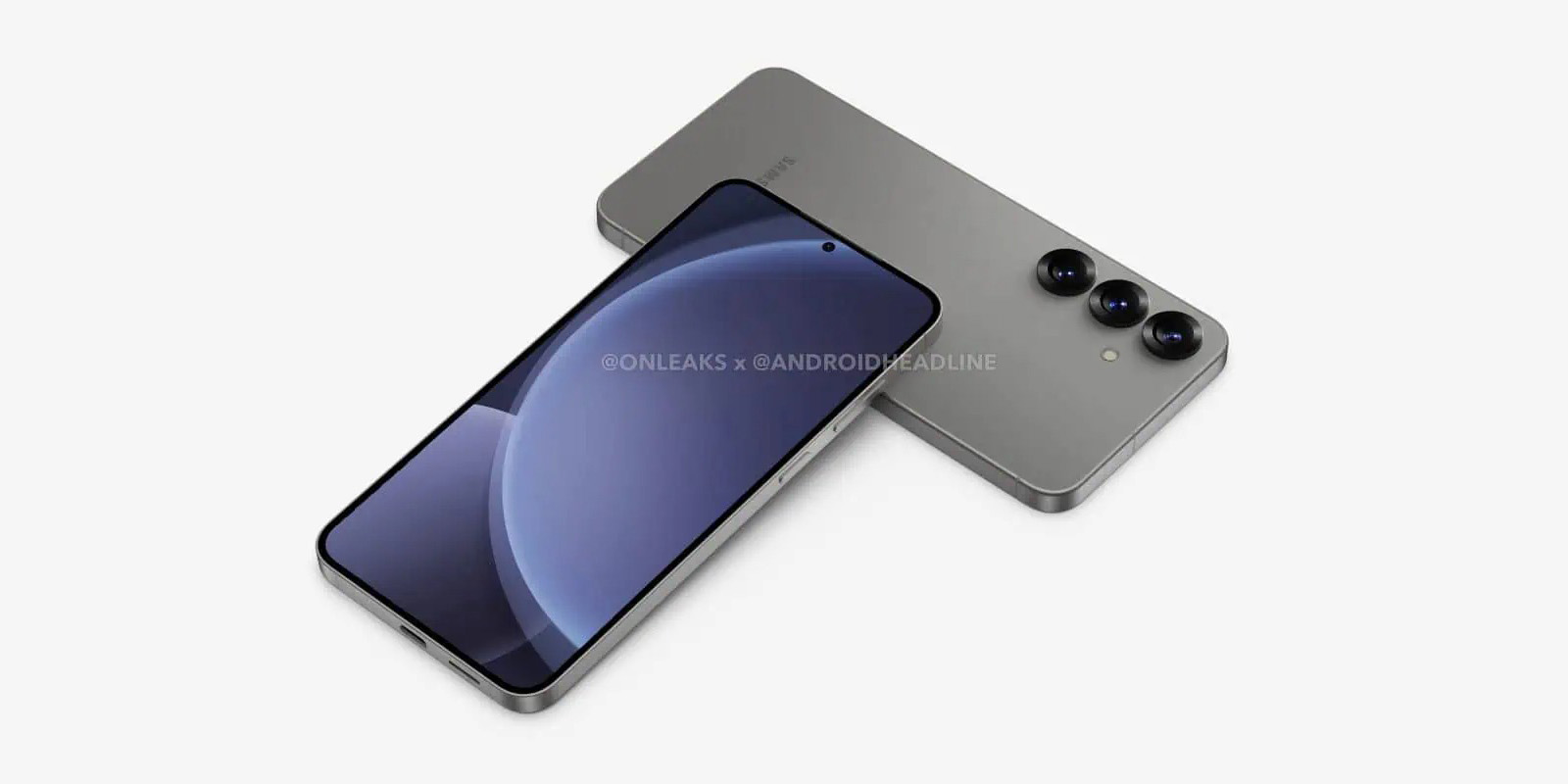
According to the latest report out of Korea, Samsung’s Galaxy S25 series will see a release date of February 7.
more…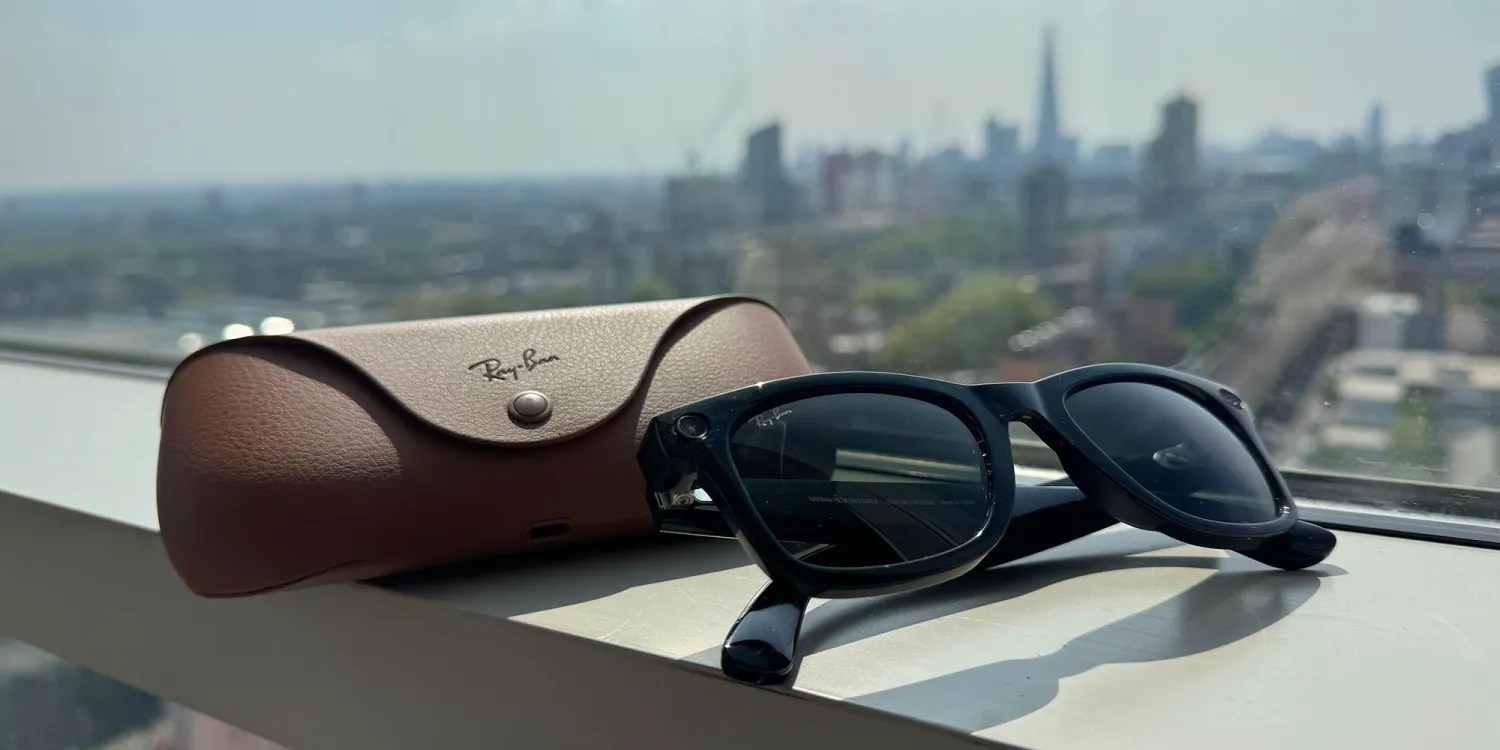
Ray-Ban Meta have been the most successful smart glasses to date, offering an appealing mix of features in a form factor which is visually indistinguishable from normal sunglasses.
So far, all of the AI functionality, notifications, and messaging features have relied on the glasses reading things to you through integrated speakers, but a new report says a future model will get a display, and that it could launch as early as next year …
more…


Beleaguered automaker Nissan is going to throw its lot in with Honda. The two Japanese OEMs want to merge by 2026, creating the world's third-largest car company in the process. In fact, earlier this year the two signed memorandums of understanding to create a strategic partnership focused on software and electrification. Now, the changing business environment calls for deeper integration, they say.
"Today marks a pivotal moment as we begin discussions on business integration that has the potential to shape our future. If realized, I believe that by uniting the strengths of both companies, we can deliver unparalleled value to customers worldwide who appreciate our respective brands. Together, we can create a unique way for them to enjoy cars that neither company could achieve alone," said Makoto Uchida, Nissan's president and CEO.
"Creation of new mobility value by bringing together the resources including knowledge, talents, and technologies that Honda and Nissan have been developing over the long years is essential to overcome challenging environmental shifts that the auto industry is facing" said Honda director Toshihiro Mibe. "Honda and Nissan are two companies with distinctive strengths. We are still at the stage of starting our review, and we have not decided on a business integration yet, but in order to find a direction for the possibility of business integration by the end of January 2025, we strive to be the one and only leading company that creates new mobility value through chemical reaction that can only be driven through synthesis of the two teams."
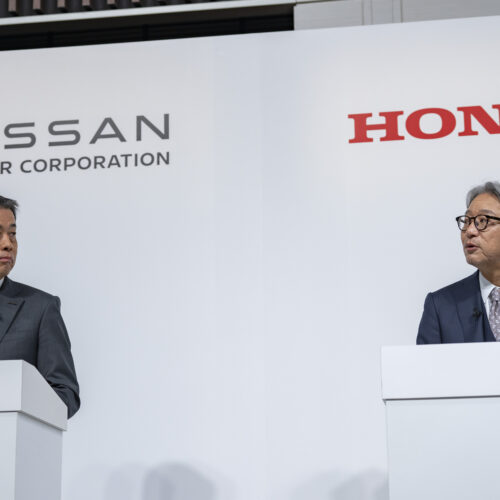

© Nissan/Honda
Performance upgrades and screen improvements make the new Paperwhite’s minor updates feel more substantial.
Three years have passed since Amazon last updated its flagship e-reader, and while this year’s Kindle lineup seemed focused on Amazon’s first color offering, the Paperwhite still got some welcome improvements. With a higher-contrast screen and snappier performance, the 12th-generation Kindle Paperwhite remains the best e-reader on the market.
I tested the $199.99 Kindle Paperwhite Signature Edition, which is $40 more than the $159.99 basic Paperwhite. The screen and internals are the same, but the Signature Edition includes an ambient light sensor for automatic brightness adjustments, 32GB of storage rather than 16GB, no lockscreen ads, wireless charging, and a metallic finish on the back. The metallic jade version I was sent looked great (metallic black and raspberry are also options) but felt slightly less grippy than the plastic of the base Paperwhite.
The new Paperwhite features a 300ppi screen with a small bump in size from 6.8 to seven inches — not really enough to be noticeable, but enough to let you squeeze a few extra lines of text on a page. Thanks to smaller bezels, the new Paperwhite is just a few millimeters larger than the previous version while managing to be slightly thinner; in use, it feels nearly identical. This year’s model also brings the display flush with the bezels, although it’s another subtle improvement.
/cdn.vox-cdn.com/uploads/chorus_asset/file/25799339/247464_Kindle_Paperwhite_ALiszewski_0004.jpg)
What is noticeable is the increased contrast. Thanks to the use of an oxide thin-film transistor on the screen, the new Paperwhite has the highest contrast ratio of any e-reader I’ve ever tested. The benefits aren’t immediately obvious when you’re reading plain text, but the deeper blacks make the screen look closer to an actual printed page. It gives illustrations, pictures, and book covers more pop and presence, and makes comics and manga panels look sharper. The new screen occasionally made some of the fine text in Jonathan Hickman and Marco Checchetto’s Ultimate Spider-Man: Married with Children appear bolder and easier to read without zooming in.
It’s not a feature that’s as flashy as a color E Ink screen, but it’s easily the new model’s best upgrade, and it’s going to make it hard to return to my Kobo Libra 2.
/cdn.vox-cdn.com/uploads/chorus_asset/file/25799338/247464_Kindle_Paperwhite_ALiszewski_0003.jpg)
Amazon has also improved the new Paperwhite’s lighting, giving the screen a more neutral tone at its default settings. The last generation Paperwhite’s screen skews a little cooler, but with both Paperwhite models’ warmth sliders turned up, the differences are indistinguishable.
This is also the first Paperwhite to use a dual-core processor (the Oasis, rest in peace, had a dual-core processor back in 2017). The 1GHz Mediatek CPU would be painfully slow for a device with an LCD screen, but it makes a big difference on an e-reader. Amazon’s claims of 25 percent faster page turns weren’t noticeable when I was reading text — the refresh rate of the E Ink screen is the limiting factor there — but I was genuinely surprised at how much faster it opened half-gigabyte, image-heavy PDF files I sideloaded. On the 11th-generation Paperwhite there’s a pause that makes me wonder if the device is going to choke on the files, but the new Paperwhite opens them instantaneously and flips through the pages nearly as fast as it does with plain text.
The user interface also feels faster. It’s still not as fast or responsive as a smartphone or tablet, and zooming in and out of comics and photos can still feel sluggish, but scrolling through book lists, navigating Amazon’s book store, and popping in and out of various menus is satisfyingly speedy. Or at least as speedy as it can be with the limitations of E Ink.
Amazon claims the new Paperwhite can be used for up to 12 weeks between charges, but that’s when limiting your reading to just 30 minutes a day at half screen brightness and wireless features turned off. After an hour reading, jumping back and forth between books and PDFs, and browsing other titles on Amazon’s online store with screen brightness set to 75 percent, the new Paperwhite lost five percent of its charge. With that daily routine I’d expect to squeeze about three weeks out of the Paperwhite’s battery, and potentially even longer if I wasn’t so indecisive about what I was reading.
If you’re a Kindle user who’s upgraded in the past few years, the new Paperwhite’s functionality will feel familiar. If you’re switching from competitors like Kobo, you may find yourself running into some frustrating limitations. Sideloading documents like PDFs or ePUB files is harder than it needs to be, since Kindle devices no longer connect to computers as external drives. You need to use Amazon’s online services or desktop apps to get e-books and other documents onto the Paperwhite, and both options are clunky.
Text customization is also limited in the Kindle OS compared to Kobo devices, which offer finer adjustments for font size, line spacing, and margins. Although I find the Paperwhite’s formatting options too simplified, I can see the appeal for those wanting a device that’s very easy to use. I like that you can save your adjustments as custom themes — it’s a feature I wish Kobo would add — but I can’t understand why Amazon limits each device to just five custom themes.
Borrowing library books is also easier on a Kobo. The new Paperwhite still requires you to use the Libby app or website on a separate device to browse and borrow titles. Kobo’s e-readers have Overdrive built-in, and while they do obfuscate the borrowing process, you don’t need to pull out your phone to do so.
/cdn.vox-cdn.com/uploads/chorus_asset/file/25799342/247464_Kindle_Paperwhite_ALiszewski_0006.jpg)
But Kobo seems to be focusing on color e-readers and larger E Ink note-taking devices these days, and its black-and-white e-reader options are now limited. The $129.99 Kobo Clara BW uses the same E Ink Carta 1300 screen as the new Paperwhite, but it’s only six inches, and its contrast doesn’t look as good. Its all-plastic body and sunken screen also feel cheaper than the new Paperwhite’s. And while the $269.99 Kobo Sage has page turn buttons and stylus support, it’s more of a hybrid e-reader and note-taking device; I find that the eight-inch screen makes it too big to be a take-anywhere e-reader.
/cdn.vox-cdn.com/uploads/chorus_asset/file/25799344/247464_Kindle_Paperwhite_ALiszewski_0007.jpg)
Although it’s not a significant upgrade, the new Kindle Paperwhite remains the best e-reader you can buy, with a beautiful black-and-white screen that feels closer to printed paper than any e-reader I’ve tested and a UI that’s faster and more responsive than the previous version. If you’re on the hunt for your first e-reader, the new Paperwhite should be at the top of your list.
Although the basic Amazon Kindle is cheaper at $109.99, the better screen, adjustable warmth lighting, and waterproofing — extra insurance if you read in the bath or at the beach — make the new Paperwhite worth the extra money.
/cdn.vox-cdn.com/uploads/chorus_asset/file/25799340/247464_Kindle_Paperwhite_ALiszewski_0005.jpg)
Is the Signature Edition worth an extra $40? Wireless charging isn’t necessary given the Paperwhite’s battery life, and it can be frustrating to align properly. But the ambient light sensor can save you the swipe and tap needed to adjust screen brightness manually if you take your Kindle everywhere (warmth settings don’t automatically adjust) and extra storage is always welcome on a device with no memory card slot. When you factor in the $20 Amazon charges to remove lockscreen ads from the basic Paperwhite, the Signature Edition is the way to go.
Unless you read a lot of large PDF files and are frustrated by laggy performance, the new Paperwhite isn’t a necessary upgrade over the 2021 model. But it’s a different story if you’ve got an even older Paperwhite model or other aging Kindle. When you add up the past six years of improvements — including USB-C, color-temp-adjustable lighting, a larger screen with better contrast, and better performance — it’s probably time to consider an upgrade.
Photography by Andrew Liszewski / The Verge
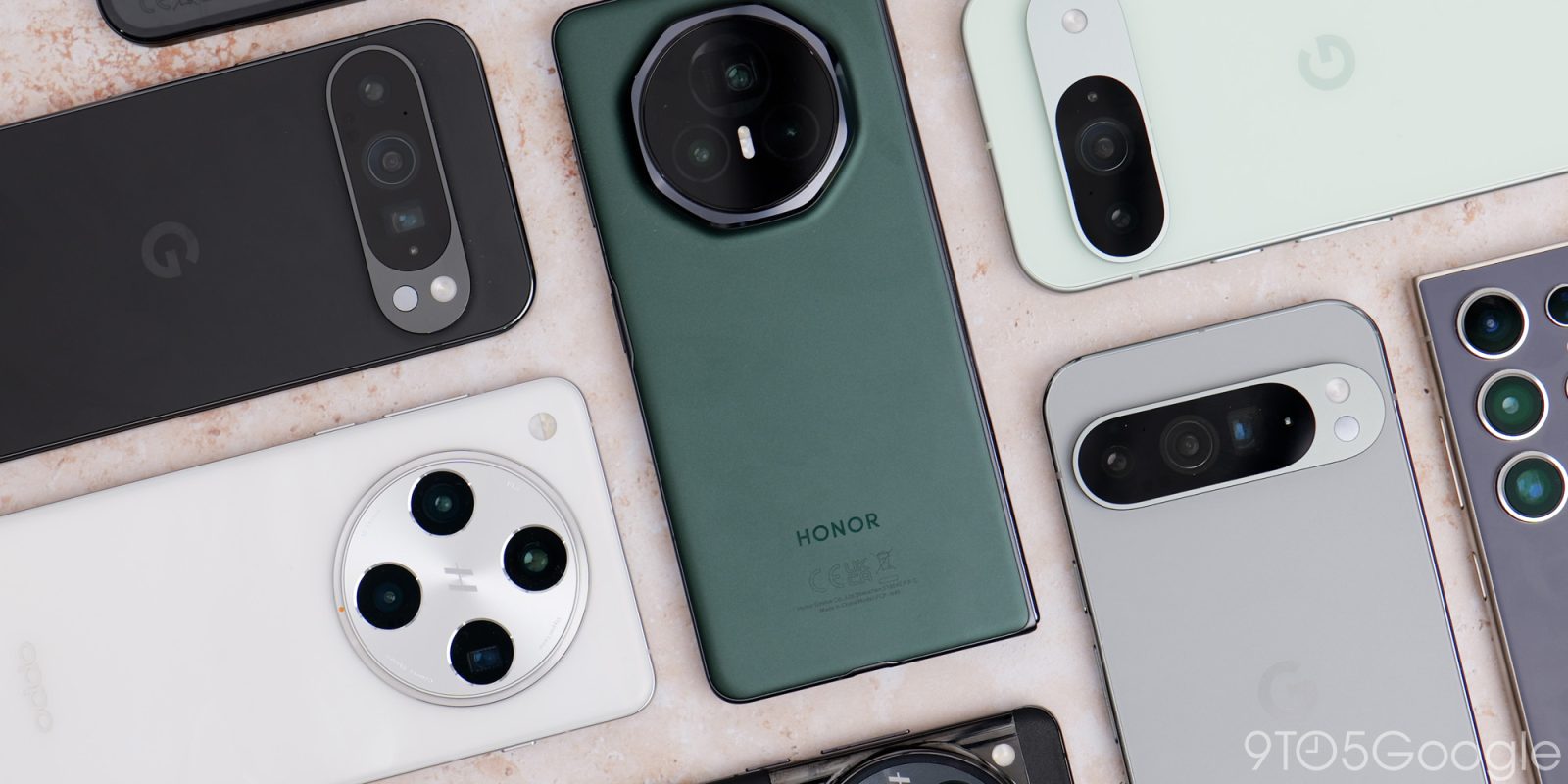
After thousands of votes, we now have an outright winner for the best Android phone of 2024 – here are the results of our public vote.
more…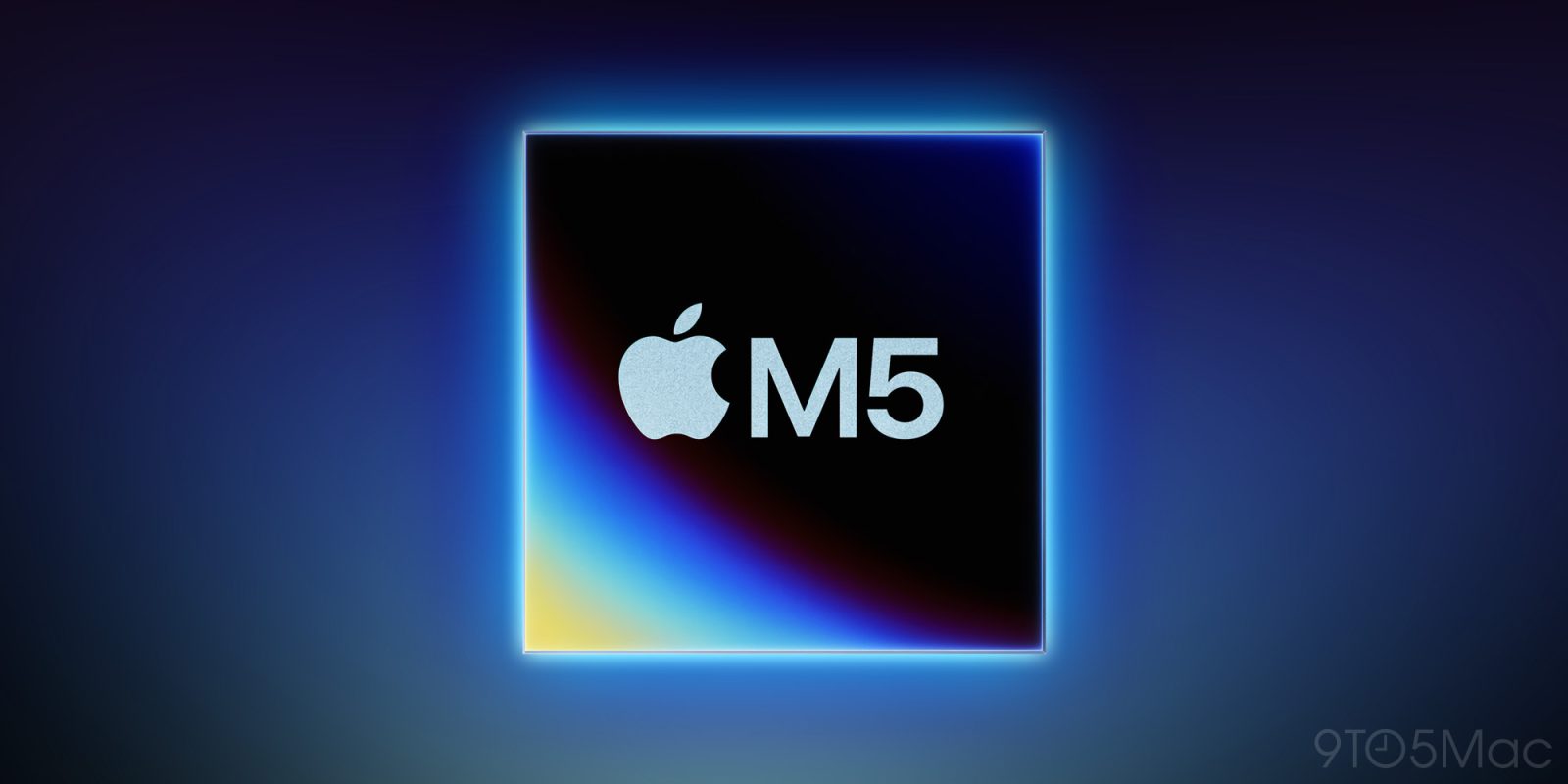
One of the key elements of Apple’s A-series and M-series chips is the System-on-a-Chip (SoC) design which tightly integrates all the components within a single package. This includes both CPU and GPU.
But a new report suggests that the M5 Pro chip may take a different approach of having more separated CPU and GPU in order to improve performance and boost production yields …
more…